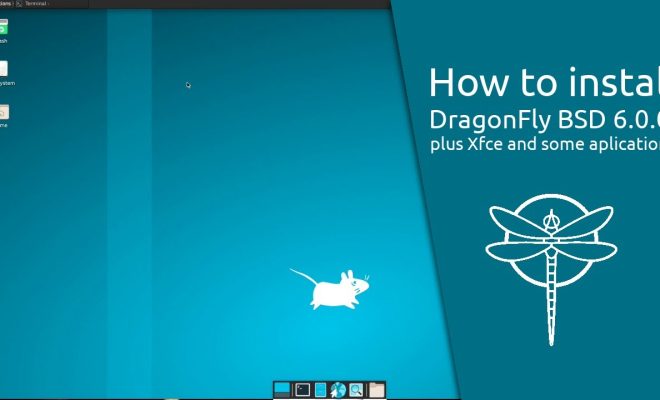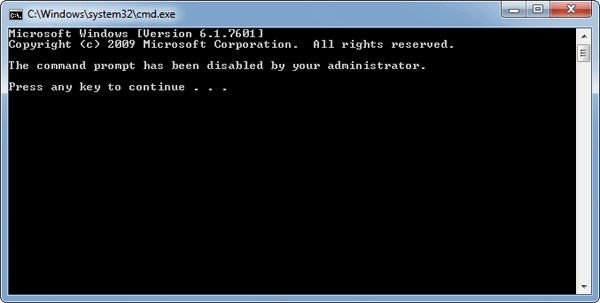The Best BSD-Based Operating Systems of All Time

BSD, or Berkeley Software Distribution, is a family of Unix-based operating systems that has been in existence since the 1970s. BSD is known for being extremely reliable and stable, making it a popular choice for those who need high performance and security. Over the years, there have been many different BSD-based operating systems released, each with their own unique features and strengths. In this article, we will be looking at the best BSD-based operating systems of all time.
FreeBSD
FreeBSD is one of the oldest and most popular BSD-based operating systems. It was first released in 1993 and has since become known for its stability, reliability, and security. FreeBSD is incredibly versatile and can be used for everything from desktop computing to large-scale servers and high-performance computing. The operating system is open-source and has a large community of developers working on it, which means there are constantly new features and updates being released.
One of the key features of FreeBSD is its ZFS file system, which offers advanced support for storage management, data integrity, and performance. The operating system also includes the Ports collection, which is a system for installing and managing software packages. This makes it easy to install and update software on FreeBSD without the need for third-party package managers.
NetBSD
NetBSD is another popular BSD-based operating system that was first released in 1993. Unlike FreeBSD, NetBSD is designed to be as portable as possible, which means it can run on a wide range of platforms, from large servers to embedded systems and even some gaming consoles.
NetBSD is known for its focus on performance and efficiency. The operating system is designed to be lean and fast, which makes it a popular choice for use on older hardware or in low-power environments. NetBSD also has a large library of software packages available, which makes it easy to install and use a wide range of applications.
OpenBSD
OpenBSD is a security-focused BSD-based operating system that was first released in 1996. The operating system is designed with security in mind and includes a number of robust security features, such as privilege separation, secure random number generation, and a strong focus on secure coding practices.
OpenBSD is also known for its commitment to open-source software. The operating system ships with a large number of open-source software packages, making it easy to get up and running with a wide range of applications. Additionally, the OpenBSD project has a strong focus on code quality, which means that the operating system is exceptionally well-documented and easy to use.
DragonFly BSD
DragonFly BSD is a relatively new BSD-based operating system that was first released in 2003. The operating system was designed with a focus on scalability and performance, and includes a number of features that make it suitable for use in large-scale environments.
One of the key features of DragonFly BSD is its Hammer file system, which provides advanced support for storage management, versioning, and backup. The operating system also includes a number of performance optimizations, such as a per-CPU kernel locking model, which allows it to handle high levels of concurrency and load.
Conclusion
In conclusion, there are many different BSD-based operating systems available, each with their own unique features and strengths. FreeBSD is known for its stability and versatility, while NetBSD focuses on performance and portability. OpenBSD is a security-focused operating system that is designed to be as secure as possible, while DragonFly BSD is designed for use in large-scale environments. Regardless of which BSD-based operating system you choose, you can be assured that you are getting an operating system that is both reliable and secure, making it a popular choice for a wide range of use cases.






